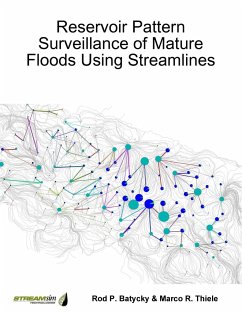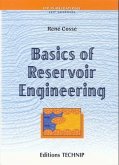Managing mature, conventional floods--water, polymer, CO2, chemical, or otherwise--hinges on properly describing well patterns. This book is about demonstrating that there is no better way to do this then using streamlines. Using streamlines for surveillance purposes is an option to keep mature floods operating efficiently and profitably when high-end simulation options are unavailable, too expensive to deploy, or simply overkill. The starting point for any improvement of an ongoing flood is the proper identification of well patterns and reliable pattern metrics. Where to inject more, where less? How much fluid is being lost out-of-zone, to the far field, or aquifer. Which patterns have historically outperformed and which have underperformed? How much oil is recovered from each pattern for each unit of volume injected into the pattern? Answering these questions with confidence allows setting target rates that improve sweep and reduce fluid cycling.
Hinweis: Dieser Artikel kann nur an eine deutsche Lieferadresse ausgeliefert werden.
Hinweis: Dieser Artikel kann nur an eine deutsche Lieferadresse ausgeliefert werden.






![Ice Floods and Winter Navigation of the Lower St. Lawrence [microform] Ice Floods and Winter Navigation of the Lower St. Lawrence [microform]](https://bilder.buecher.de/produkte/65/65515/65515113m.jpg)

